Bad Apple (aka Connected’s Bad Apple)
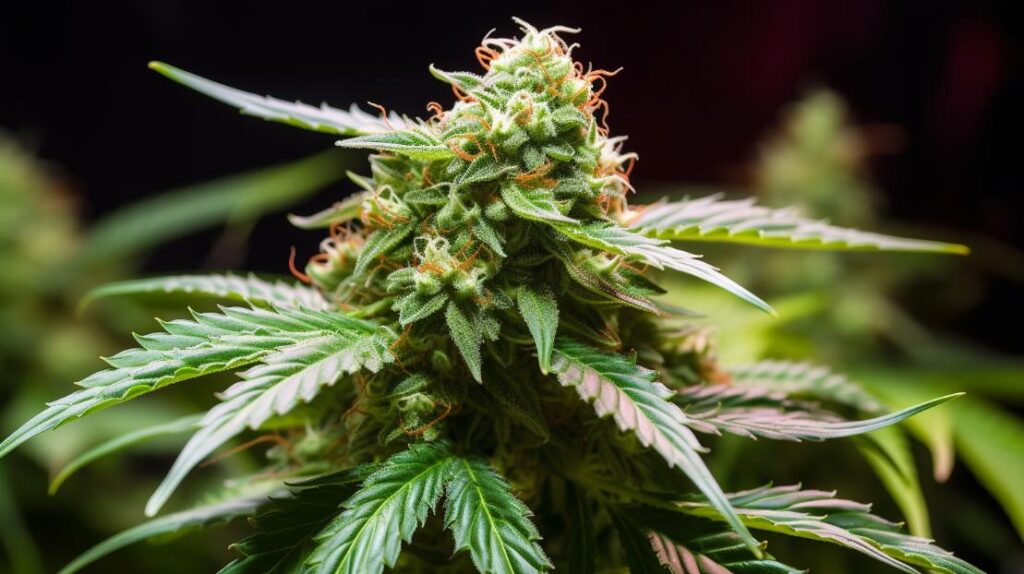
The Naughty Apple strain, a hybrid with a genetic lineage of 30% sativa and 70% indica, combines Sour Apple’s tangy apple profile with Purple Punch’s berry undertones. This fusion results in compact, trichome-rich buds that exhibit a mixture of green and purple hues. Its chemical composition boasts a THC level of 24%, with a terpene profile dominated by caryophyllene, contributing to its zesty, piquant aroma. Crafted to promote relaxation with an uplifting twist, Bad Apple is renowned for its effects on inventiveness, conviviality, and offering respite from conditions like melancholy, unease, and discomfort. Its distinct genetic and chemical makeup shows potential for further investigation into its varied uses and advantages.
Key Takeaways
- Bad Apple is a hybrid strain, primarily indica with a genetic makeup of 70% indica and 30% sativa, derived from Sour Apple and Purple Punch.
- It features a high THC content of 24%, with a terpene profile dominated by caryophyllene, contributing to its spicy, peppery aroma.
- Designed to induce a creativity surge and euphoria, it is also reported to aid in relief from depression, anxiety, and pain.
- The strain boasts dense, trichome-rich buds that display a vibrant mix of purple and green hues, reflecting its Purple Punch heritage.
- Bad Apple is adaptable to both indoor and outdoor cultivation, requiring meticulous care, and has a flowering period of 8-9 weeks.
Genetic Lineage
The genetic lineage of the Bad Apple strain, a robust hybrid resulting from the cross between Sour Apple and Purple Punch, plays a pivotal role in determining its distinctive effects, aroma, and physical characteristics. This meticulously engineered combination imbues Bad Apple with a genetic makeup that is 30% sativa and 70% indica, affording it a unique position within the hybrid spectrum.
The Sour Apple parentage lends a crisp, tart apple profile to the olfactory experience, while the Purple Punch lineage contributes to its deep, berry-like undertones and hints of a sweet, candy-like aroma. These genetics not only influence the sensory experience but also the strain’s physical appearance, often resulting in dense, trichome-rich buds that exhibit a kaleidoscope of greens and purples.
Analyzing the genetic framework further, the dominance of indica genetics suggests a propensity towards relaxation and sedative effects, while the sativa component might introduce an uplifting and cerebral nuance. This genetic architecture, derived from its Sour Apple and Purple Punch ancestry, is instrumental in predicting the potential therapeutic and recreational outcomes. Consequently, understanding the genetics of the Bad Apple strain is essential for users looking to tailor their cannabis experience to specific effects, flavors, and aromas.
THC/CBD Content
Understanding the genetic lineage of the Bad Apple strain establishes a foundation for examining its THC/CBD content, which significantly influences its therapeutic and recreational utility. With a THC level of 24%, Bad Apple emerges as a potent hybrid, embodying 70% indica and 30% sativa genetics. This substantial THC concentration underscores its ability to provide pronounced relaxing, sleepy, and hunger-inducing effects, making it an attractive option for users seeking a robust indica-dominant experience.
The strain’s genetic roots, a cross between Sour Apple and Purple Punch, are crucial in shaping its unique characteristics. The Sour Apple lineage contributes to the strain’s potency and desired effects, while the Purple Punch heritage adds depth to its indica dominance. This genetic combination ensures that Bad Apple stands out in the cannabis market, especially for those prioritizing high THC content over CBD.
Its minimal CBD content further emphasizes the strain’s focus on delivering a powerful THC-driven experience rather than catering to the CBD market. For enthusiasts and patients inclined towards strains with a high THC percentage and specific indica-dominant effects, Bad Apple represents a significant choice, offering a distinct blend of relaxation and sensory enhancement rooted in its Purple and Apple strain lineage.
Terpene Profile
Exploring the terpene profile of the Bad Apple strain uncovers a dominance of caryophyllene, a terpene renowned for its distinctive spicy and peppery aroma. This pivotal component not only defines the strain’s aromatic landscape but also contributes meaningfully to its unique taste profile, which is marked by a blend of sour, fruity, and grape-like notes. The presence of caryophyllene, and its influence on the overall sensory experience of the Bad Apple strain, underscores the complexity of terpenes in shaping both aroma and flavor.
| Terpene | Characteristic |
|---|---|
| Caryophyllene | Spicy and peppery aroma |
| Myrcene | Earthy and musky notes |
| Limonene | Citrusy undertones |
| Pinene | Hints of pine |
| Humulene | Woody and earthy aroma |
Analyzing the terpene profile reveals how caryophyllene not only dominates but synergizes with other terpenes to enhance the Bad Apple strain’s appeal. This synergy underscores the importance of understanding the terpene profile in appreciating the full sensory experience offered by the strain. It highlights the technical complexity behind the development of strains like Bad Apple and their tailored effects on aroma and taste.
Effects
Exploring the effects of the Bad Apple strain, one uncovers a multifaceted experience characterized by heightened creativity, euphoric laughter, and an inclination towards sociability. This hybrid marvel, born from the genetic cross between Sour Apple and Purple Punch, presents a unique blend favoring a 70% indica and 30% sativa composition. Its notable THC content of 24% underscores its potency, offering a robust experience for both novice and seasoned users.
- Creativity Surge: Users often report an invigorating boost in creativity, making it a favorite among artists and thinkers.
- Euphoric Laughter and Sociability: The strain is known to induce giggles and a cheerful mood, paving the way for engaging social interactions.
- Relaxation and Sleepiness: A sense of deep relaxation is common, gradually leading to sleepiness, making it ideal for evening use.
- Increased Appetite: It stimulates the appetite, beneficial for those needing an extra nudge to eat.
The Bad Apple strain’s effects are enhanced by its lineage, combining the crisp, invigorating essence of Sour Apple with the sweet tranquility of Purple Punch. The resulting buds are adorned with purple hues, visually hinting at the depth of the experience it offers.
Medical Uses
Building on the recreational benefits of the Bad Apple strain, a deeper examination reveals its potential therapeutic applications, particularly in addressing depression, anxiety, and pain. As the name implies, the Bad Apple strain may initially evoke skepticism due to its moniker; however, its medicinal value should not be underestimated.
According to user-reported effects, a significant portion of individuals have found solace in its capabilities to alleviate symptoms of mental and physical discomfort. Specifically, 30% of users have reported experiencing relief from depression, a condition that can severely impact one’s quality of life. Similarly, another 30% of users have noted a reduction in anxiety symptoms, suggesting that the Bad Apple strain holds promise as a potential anxiolytic agent. Additionally, 23% of users have reported experiencing pain relief, indicating its potential as an analgesic.
Given these findings, it is clear that the Bad Apple strain harbors a multifaceted potential for therapeutic use. Nonetheless, it is imperative to underscore the importance of seeking professional guidance before using the Bad Apple strain for medicinal purposes. The complex interplay between cannabis strains and individual health conditions necessitates a tailored approach to guarantee safety and efficacy.
Flavor and Aroma
The Bad Apple strain distinguishes itself through a complex flavor profile that combines sour grapes, clove spice, and hints of sour apple, alongside a tart and fruity aroma with a slightly gassy undertone, reminiscent of apple pie. This unique blending of taste preferences and aroma experience caters to a broad audience, appealing to both novice and experienced cannabis consumers. Dominant in caryophyllene, its terpene profile notably contributes to the strain’s distinct flavor hints and scent notes, enriching the overall sensory experience.
- Taste Preferences: The interplay of sour grapes and clove spice offers a spicy yet sweet sensation, appealing to those with a liking for intricate flavor profiles.
- Aroma Experience: The tart and fruity aroma, underscored by a slightly gassy note, provides an olfactory experience that is both welcoming and comforting, akin to homemade apple pie.
- Culinary Inspirations: Given its flavor and aroma, Bad Apple could spark cannabis-infused culinary creations, particularly in desserts that would benefit from its unique taste.
- Pairing Recommendations: For an elevated sensory experience, pairing this strain with foods or beverages that complement its sour and spicy notes, such as a crisp, dry cider, could enhance its flavor profile.
This analytical look into the Bad Apple strain’s flavor and aroma underscores its potential for diverse culinary applications and pairing opportunities, making it a versatile choice for consumers with varied taste preferences.
Appearance
Upon observation, Bad Apple strain buds captivate with their frosty trichome coverage and vibrant mix of purple and green apple hues, presenting an aesthetic that is both striking and indicative of the strain’s quality. The generous trichome coverage not only signifies a rich cannabinoid profile but also contributes to the visual allure of the buds, making them highly appealing to both connoisseurs and casual enthusiasts alike. This frosty appearance, reminiscent of a delicately sugared fruit, highlights the strain’s potency and desirability.
The color palette of the Bad Apple strain is particularly notable. The interplay between the deep purples and bright green apple hues creates a contrast that is visually stunning and unique. This combination is not commonly found in cannabis strains, setting Bad Apple apart in terms of aesthetic appeal. Additionally, upon grinding the buds, one discovers the hidden purple crystals within, adding another layer of visual intrigue and enhancing the overall appeal.
The aesthetic qualities of the Bad Apple strain, from its trichome coverage to its distinctive color palette, underscore the meticulous care taken in its cultivation and curing process. As the strain continues to evolve, its visual characteristics remain a sign of its potential for further development and enduring appeal.
Grow Information
Cultivating the Bad Apple strain, adaptable to both indoor and outdoor environments, requires adherence to specific growth conditions to optimize its yield and potency. This particular strain flourishes in a warm, Mediterranean climate, benefiting greatly from consistent sunlight. Its cultivation is marked by a flowering period of approximately 8-9 weeks indoors, with outdoor harvests typically aligning with the late September to early October timeframe.
Achieving the maximum potential of the Bad Apple strain involves a meticulous approach to:
- Nutrient requirements: Ensuring a balanced diet of macro and micronutrients tailored to the vegetative and flowering stages to support dense, resinous bud production.
- Training techniques: Implementing methods such as topping and low-stress training (LST) to manage plant height and maximize light exposure to lower branches, thereby increasing yield.
- Pest prevention: Establishing an integrated pest management system early on to safeguard against common cannabis pests and diseases without compromising plant health.
- Climate control: Maintaining an ideal growing environment, especially for indoor cultivation, with attention to temperature, humidity, and ventilation to mirror the strain’s preferred Mediterranean conditions.
Adverse Effects
While the Bad Apple strain is celebrated for its numerous benefits, it is not without its adverse effects, including reports of dizziness among some users. The incidence of such negative reactions, though minimal, underscores the importance of adhering to dosage recommendations to mitigate potential discomfort. Initial encounters with the strain should commence with a conservative quantity, allowing individuals to assess their tolerance and adjust intake accordingly. This precautionary measure serves to enhance the user experience by minimizing the risk of adverse reactions.
The frequency of adverse effects, especially dizziness and mild discomfort, remains relatively low, pointing towards a generally favorable safety profile. However, the occurrence of such effects, albeit infrequently, necessitates a discussion on managing discomfort. Users experiencing unwelcome symptoms are advised to rest in a comfortable, safe environment and hydrate well. This approach aids in alleviating discomfort, facilitating a quicker return to equilibrium.
Comparisons with Similar Strains
Understanding the adverse effects of the Bad Apple strain provides a foundation for evaluating how it compares to similar strains with respect to potency, effects, and medicinal benefits. With its genetic heritage stemming from Sour Apple and Purple Punch, Bad Apple showcases unique characteristics that distinguish it from its counterparts.
-
Effects comparison: Bad Apple’s high THC content of 24% guarantees potent effects that lean more towards relaxation and tranquility, setting it apart from strains with higher sativa content which may induce more energetic experiences.
-
User reviews: Feedback highlights its efficacy in managing depression, anxiety, and pain. This aligns with similar strains but Bad Apple is often noted for its particular effectiveness and enjoyable taste profile.
-
Cultivation techniques: Its cultivation shares techniques with other hybrids, yet the specific requirements to achieve its distinctive tart, earthy aroma with apple and berry hints demand specialized attention.
-
Medicinal benefits: Comparable to strains used for similar conditions, Bad Apple’s blend of effects makes it a preferred choice for individuals seeking relief from specific ailments without the intense psychoactive experiences some other strains might provide.
Analyzing Bad Apple in these contexts demonstrates its place within the broader cannabis landscape, showcasing its unique appeal through effects comparison, user reviews, and cultivation techniques.
Research and Studies
Recent studies have investigated the pivotal properties of the Bad Apple strain, examining its therapeutic potential and unique chemical composition. This potent hybrid, with a genetic lineage stemming from Sour Apple and Purple Punch, boasts a THC content of 24%.
Its complex terpene profile, dominated by caryophyllene, contributes to its distinctive flavors of apple, pear, and tree fruit, enhancing the overall user experience. Research has focused on the strain’s reported effects – from its relaxing and sleepy outcomes to its ability to induce feelings of creativity and talkativeness. However, some studies have also highlighted potential adverse effects, such as dizziness, underscoring the importance of understanding individual responses to its consumption.
Explorations into consumption methods have revealed a variety of ways users engage with the Bad Apple strain, from traditional smoking to more contemporary methods like vaping and edibles, each affecting onset and duration of effects differently. User experiences have been largely positive, with many reporting significant relief from symptoms of depression, anxiety, and pain, though it is emphasized that these findings are not a substitute for professional medical advice.
Additionally, the strain’s pivotal status remains a crucial area of investigation, as it directly impacts availability and research opportunities.
History and Origin
The Bad Apple strain, a distinctive hybrid resulting from the crossbreeding of Sour Apple and Purple Punch, originates from a detailed lineage that highlights its indica-dominant characteristics and therapeutic potential. This potent hybrid, with a composition of 30% sativa and 70% indica, is a demonstration of advanced cultivation techniques and selective breeding methods aimed at enhancing the strain’s medicinal and recreational appeal.
-
Cultivation Techniques and Breeding Methods: The development of Bad Apple leverages advanced horticultural practices, focusing on genetic stability and phenotypic consistency, ensuring that each plant exhibits the desired traits of potency and aroma.
-
Popularity Trends and Consumer Preferences: Its unique blend of tartness, earthiness, and hints of apple and berry, combined with its dense, frosty buds that feature dark green and purple hues, caters to diverse consumer tastes, contributing to its increasing popularity.
-
Regional Variations: The strain’s adaptability to different growing conditions allows for regional cultivation nuances, which can subtly influence its final chemical profile and potency.
-
Legal Implications: As cannabis legislation evolves, the legal status of strains like Bad Apple varies by region, affecting availability and research opportunities.
This detailed approach to understanding the Bad Apple strain underscores the importance of innovation in cannabis genetics and market dynamics.
Frequently Asked Questions
Is Bad Apple Indica or Sativa?
The inquiry pertains to determining whether a subject is indica or sativa, focusing on apple genetics history, cultivation techniques, and flavor profile. The Bad Apple strain is primarily indica, with a genetic composition of 70% indica and 30% sativa.
Is Apple a Sativa or Indica?
The term "apple" in the context of cannabis genetics refers to various strains characterized by their unique cultivation techniques, complex flavor profiles, and historical lineage. It does not directly denote a sativa or indica classification.
Is the Rotten Apple Strain Indica or Sativa?
The Rotten Apple strain is mainly indica, with a 70% indica and 30% sativa genetic composition. Its development integrates advanced cultivation techniques, reflecting in its complex flavor profile that distinguishes it within its apple genetics lineage.
What Are the Effects of the Apple Strain?
The Apple strain, characterized by its distinctive apple and pear flavor, has a moderate cultivation difficulty. It is sought after for its therapeutic uses in alleviating depression, anxiety, and pain while promoting creativity and relaxation.

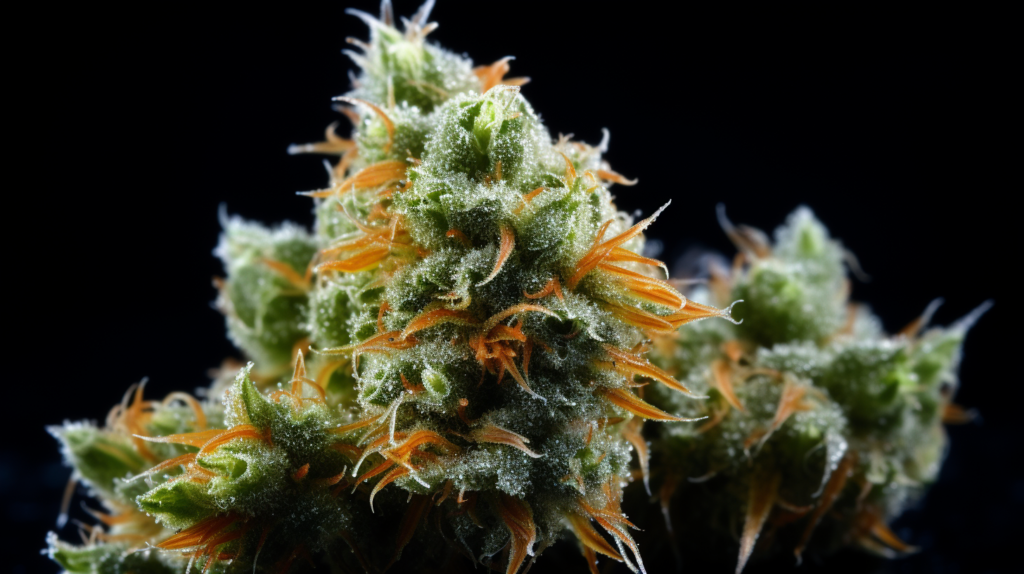
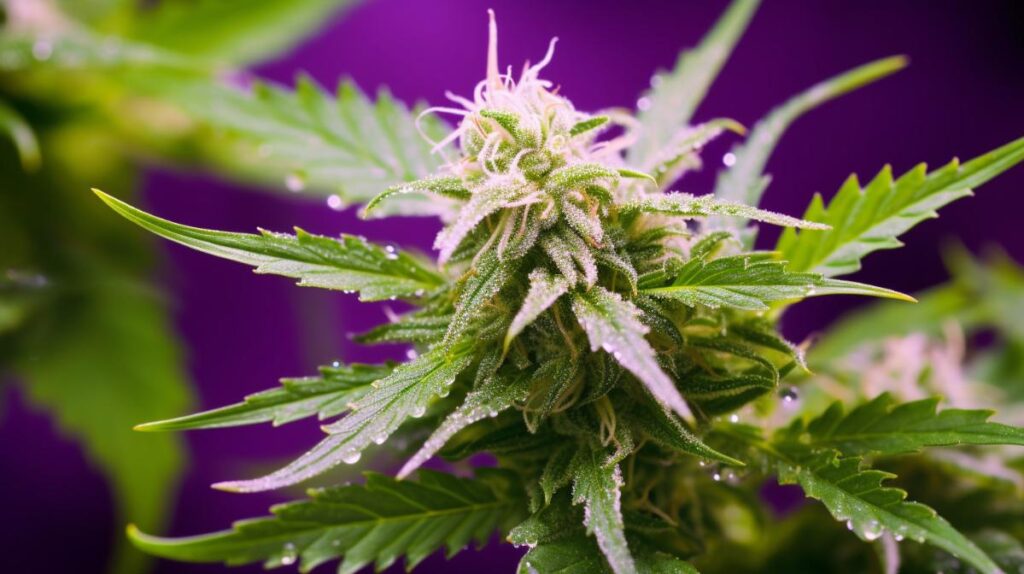
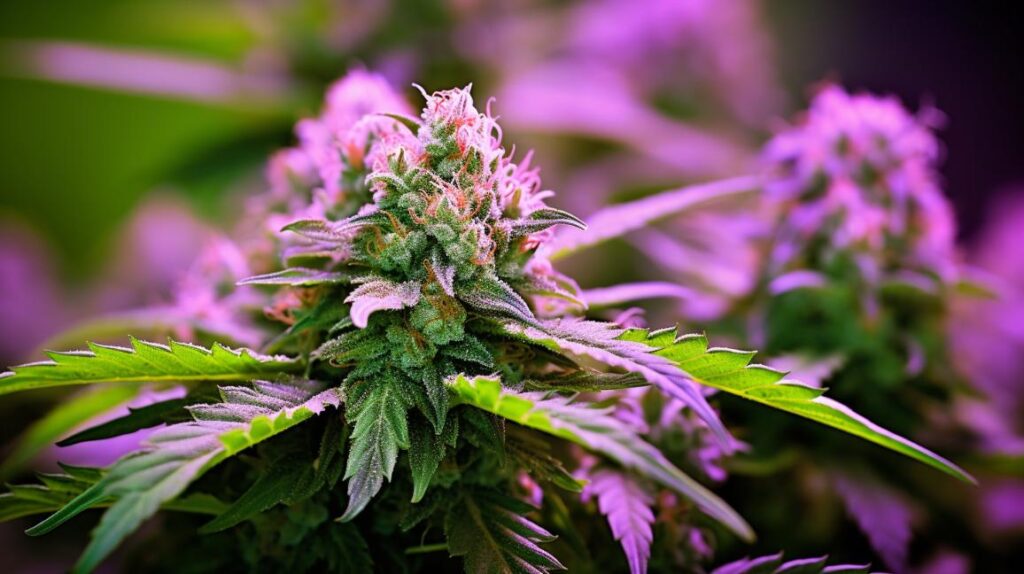
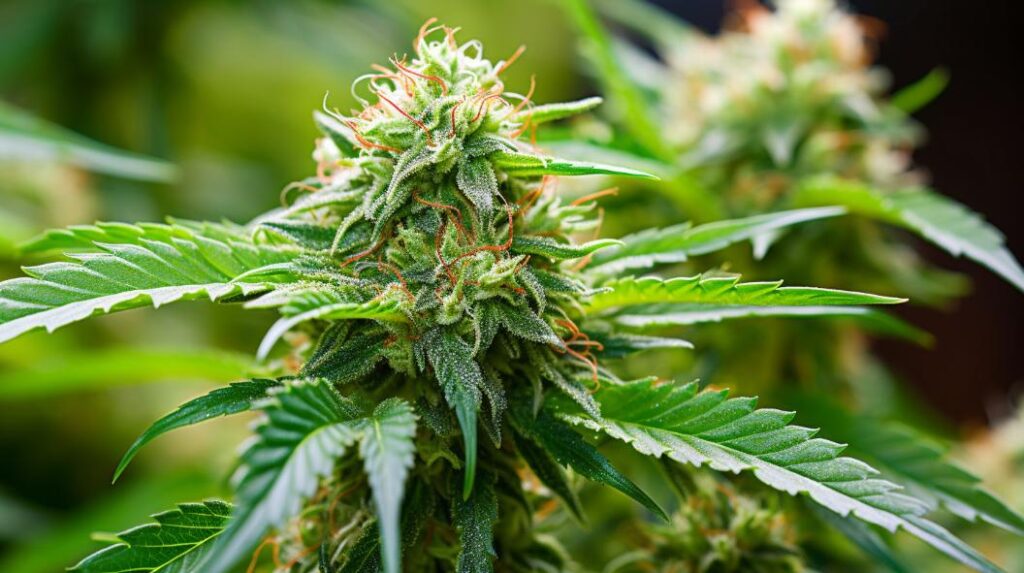
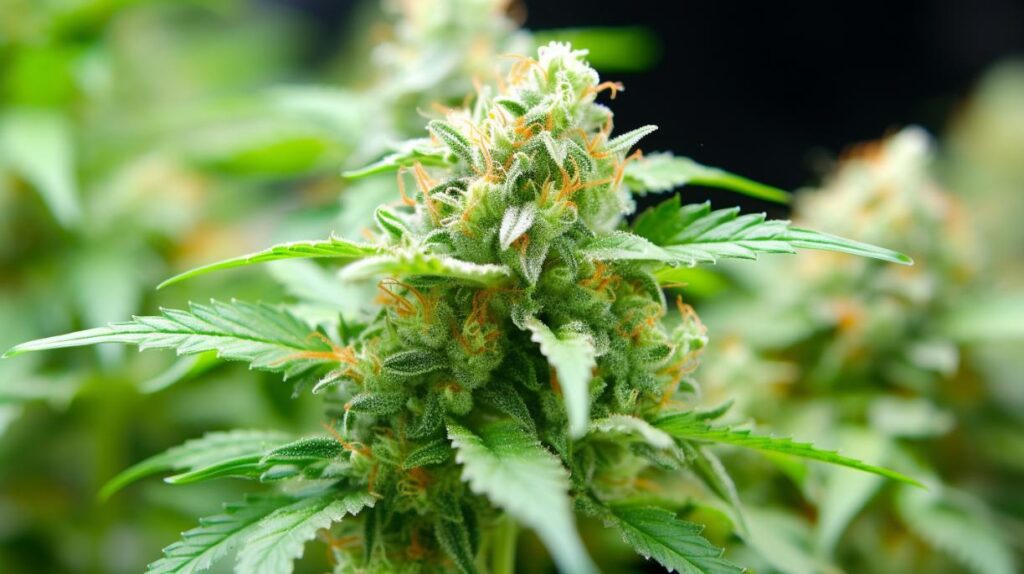

Responses